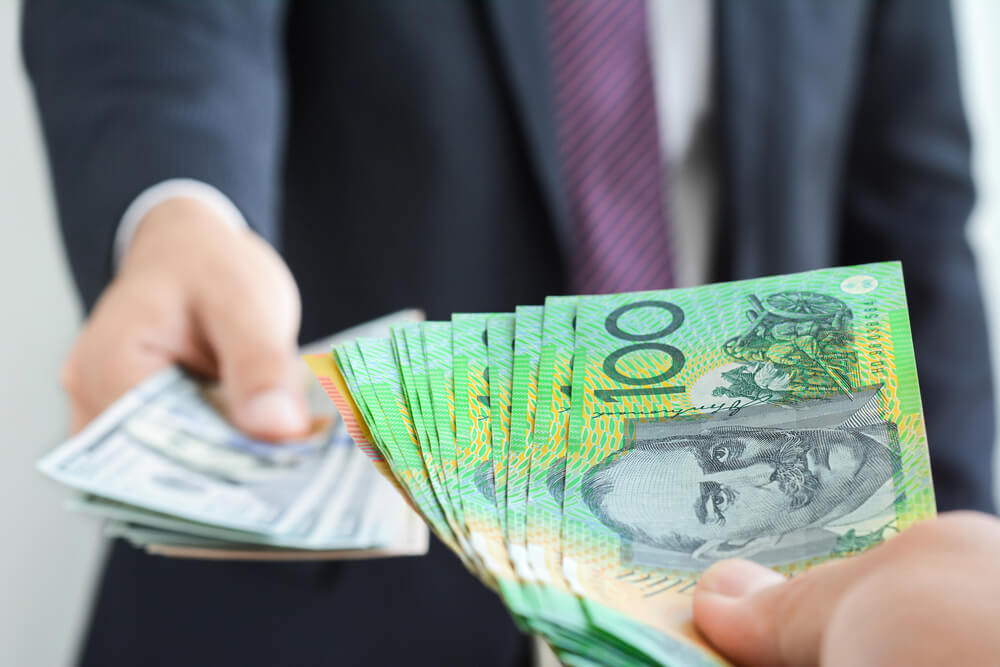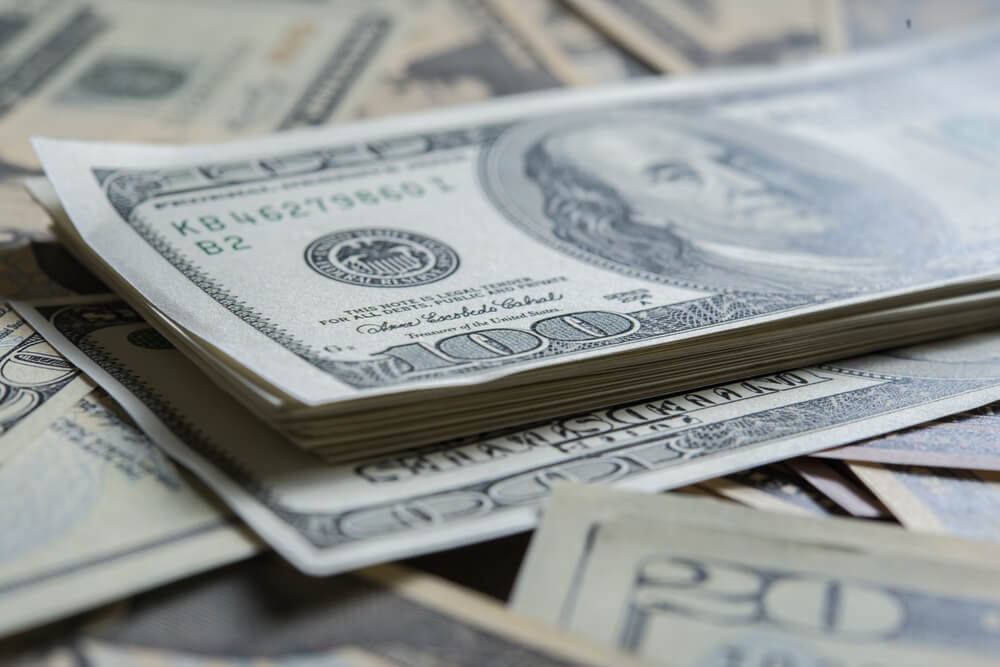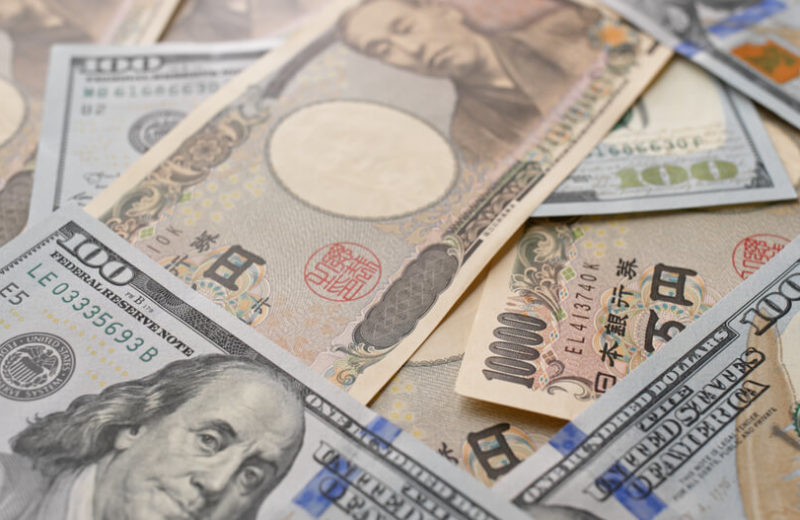On Wednesday, the US dollar exchange rate slipped to a one-week low against its rivals as the Delta variant fears eased on the market, boosting the commodity currencies.
The dollar index, which tracks the greenback against other baskets of currency rates, modestly changed to 92.955 from 92.804 of the previous day.
Outside the index, Australia’s dollar nearly stayed at $0.7254 from $0.7271, marking its one-week high.
Global market risk appetite improved as the US Food and Drug Administration allowed the full approval of the Pfizer-BioNTech COVID-19 vaccine, accelerating the country’s vaccination rate.
As a result, experts forecast that the US will control the infections early by next year.
Meanwhile, The EUR/USD pair decreased at 0.07% at $1.1748 from its one-week low of $1.1757.
The USD/JPY pair soared 0.11% to 109.8100 from 109.6700, settling in the middle of the trading range since the start of July.
The USD/CNY pair also hiked up 0.07% to 1.2597 from 1.2589, while the GBP/USD pair declined 0.03% to 1.3722 from 1.3729
Meanwhile, the commodity currencies increased as the global market focused on the upcoming Federal Reserve’s Jackson Hole conference on August 26.
Investors expect clues about the possible start of the asset tapering and interest rate hike.
Economists forecast that the Fed could be hawkish at the conferenced and could result in the firmness of the USD.
In New Zealand, strict pandemic controls were imposed to cap off the increasing COVID-19 infections.
NSD/USD pair declined from 0.09% to 0.6946 from 0.6954 as New Zealand’s lockdown put on hold on its monetary policy.
Meanwhile, the US dollar index reached its nine-month high last week, soaring 5% from its previous lows.
AUD to USD Exchange Rate Drops out Hike
The AUD/USD Exchange rate edged down to 0.23% to 0.7257 from its two consecutive day uptrend. At the start of the week, the Aussie pair cheered the market risk appetite boosting its last hike.
However, the risk appetite declined as Australia recently recorded high coronavirus infections, mainly in New South Wales.
The country’s construction work done, which is a critical component of GDP, inched down to 0.8% from 2.4% on the latest readings for the second-quarter reports. The reported data posed an additional reason for the Reserve Bank of Australia to further justify its easy money policy.
Against this backdrop, AUD/USD could go into the bear market as it remains capable of meeting July’s low of 0.7290. The possible drawback of 0.7240 will recall the bears to aim for October 2020 low of 0.7245, swinging from 0.7180 to the yearly bottom of 0.7105.















